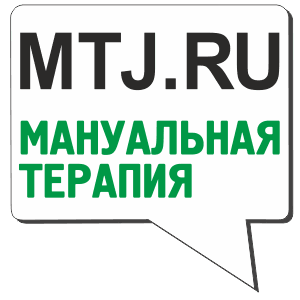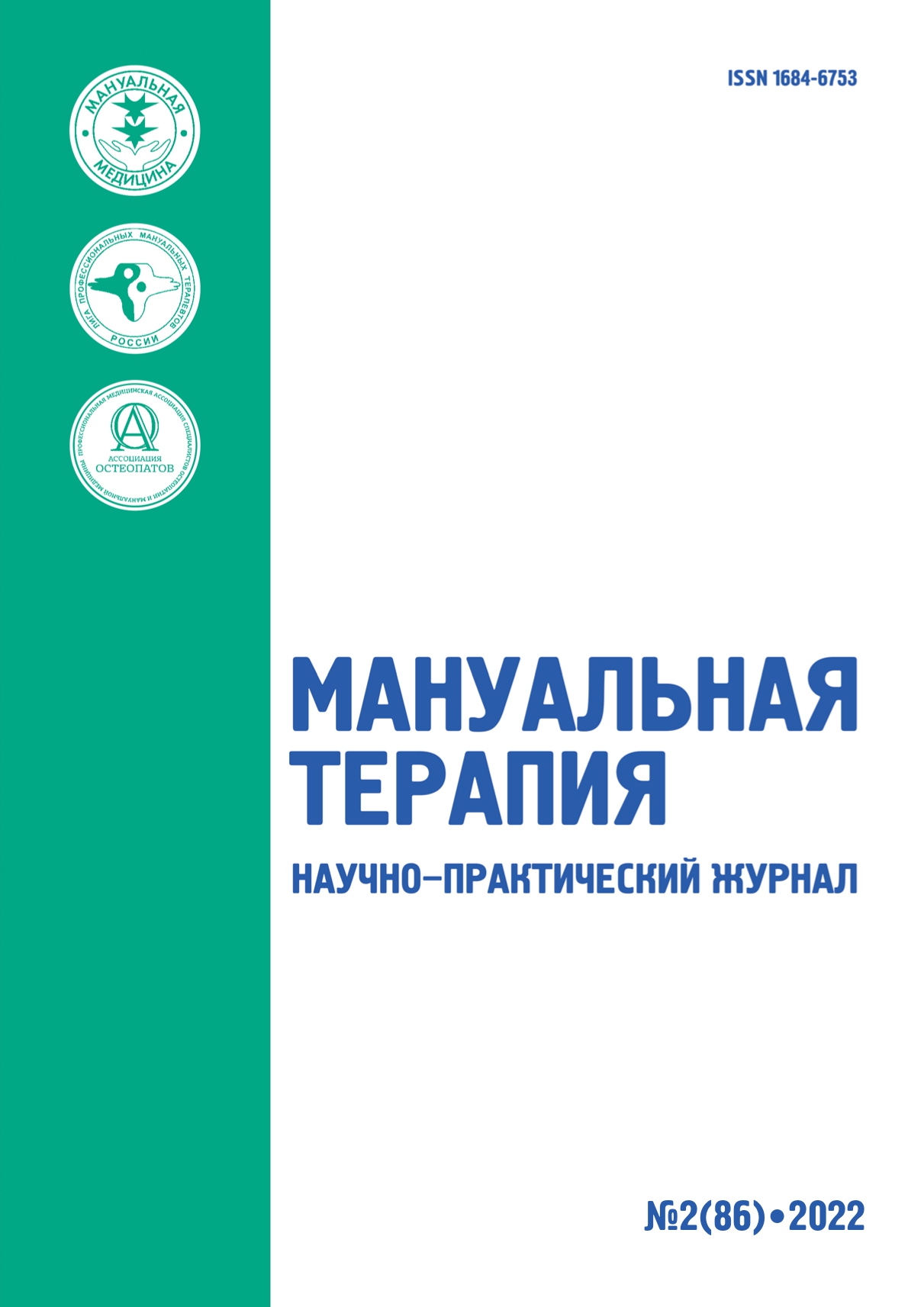The article presents the results of a study of the effect of mechanical loading of masticatory muscles with a continuous stretch stimulus in the direction of increasing the width / stretching / sagittal suture of an experimental animal in vivo. The technique is described, and the data of objective instrumental control, as well as the results generated by statistical processing, are presented.
masticatory muscles, functional matrix theory, skull growth, cranial sutures
1. Alyeshkina OYu, Nikolenko VN, Zaichenko AA. The correlation between the skull height parameters and a form of the base of the human skull. Morfologicheskie vedomosti = Journal of Morphology. 2002;3-4:3-4. (In Russ.).
2. Anisimova EA, Zaichenko AA. The description of a form of human cerebral cranium under the lateral normal condition. Scientific and Practical Conference “XIII Scientific Readings in Memory of Professor N.N. Burdenko”: Infectious-Inflammatory Diseases and Complications in Clinical Practice. Penza; 2002:14-16. (In Russ.).
3. Anisimova EA, Zaichenko AA. A study of the cerebral cranium development from the standpoint of Turing model. Scientific and Practical Conference “XIII Scientific Readings in Memory of Professor N.N. Burdenko”: Infectious-Inflammatory Diseases and Complications in Clinical Practice. Penza; 2002:16-17. (In Russ.).
4. Biketov OV, Malinovsky EL. A biomechanical model of craniosynostosis in infants. A pilot study. Manualnaya Terapiya = Manual Therapy. 2020;3-4(79-80):53-64. (In Russ.).
5. Nikityuk BA. An experimental morphological study of the role of m.temporalis and m.masseter function in the skull form development. Arkhiv Anatomii, Gistologii i Embriologii = The Archives of Anatomy, Histology and Embryology. 1960;3:56-69. (In Russ.).
6. Nikityuk BA. An experimental morphological study of the role of the masticatory function in skull form development in mammals. Dr. (Cand.)Sci. (Med.) Thesis. Moscow; 1962. 20 p. (In Russ.).
7. Nikityuk BA. Human skull form development against the masticatory apparatus disorders. Voprosy Antropologii = Antropology Issues. 1966;22:31-42. (In Russ.).
8. Tverie VM, Simanovskaya EYu, Nyashin YuI. A mechanical factor of the development and function of human dentofacial system. Rossiskii Zhurnal Biomekhaniki = Russian Journal of Biomechanics. 2005;2:34-42. (In Russ.).
9. Tekucheva SV, Ermoliev SN, Zailer AS, Persin LS, Yanushevich OO, Postnikov MA. Ultrasound assessment of masticatory muscles at different types of the facial skull growth. Stomatologiya = Dentistry. 2021;100(3):72-81. (In Russ.).
10. Aldridge K, Kane AA, Marsh JL, Panchal J, Boyadjiev SA, Yan P, Govier D, Ahmad W, Richtsmeier JT. Brain morphology in nonsyndromicunicoronal craniosynostosis. Anat Rec A DiscovMol Cell Evol Biol. 2005;285(2):690-698.
11. Bastir M, Rosas A, Gunz P, Peña-Melian A, Manzi G, Harvati K, Kruszynski R, Stringer C, Hublin JJ. Evolution of the base of the brain in highly encephalized human species. Nat Commun. 2011;13(2):588.
12. Bruner E. Geometric morphometrics and paleoneurology: brain shape evolution in the genus Homo. J Hum Evol. 2004 Nov;47(5):279-303.
13. Herring SW. Mechanical influences on suture development and patency. Front Oral Biol. 2008;12:41-56.
14. Herring SW, Teng S. Strain in the brain case and its sutures during function. Am J PhysAnthropol. 2000 Aug;112(4):575-93.
15. Herring SW. Masticatory muscles and the skull: a comparative perspective. Arch Oral Biol. 2007 Apr; 52(4):296-9.
16. Herring SW, Rafferty KL, Liu ZJ, Marshall CD. Jaw muscles and the skull in mammals: the biomechanics of mastication. Comp BiochemPhysiol A MolIntegr Physiol. 2001 Dec;131(1):207-19.
17. Herring SW, Mucci RJ. In vivo strain in cranial sutures: the zygomatic arch. J Morphol. 1991;207(3):225-239.
18. Kikuchi M. Orthodontic treatment in children to prevent sleep-disordered breathing in adulthood. Sleep Breath. 2005 Dec;9(4):146-158.
19. Lieberman D. The evolution of the human head. Harvard University Press; 2011. 756p.
20. Mao JJ. Mechanobiology of craniofacial sutures. J Dent Res. 2002 Dec;81(12):810-6.
21. Mao JJ, Wang X, Kopher RA. Biomechanics of craniofacial sutures: orthopedic implications. AngleOrthod. 2003 Apr;73(2):128-35.
22. Mao JJ, Nah HD. Growth and development: hereditary and mechanical modulations. Am J OrthodDentofacialOrthop. 2004 Jun;125(6):676-89.
23. Moss ML. The differential roles of periosteal and capsular functional matrices in oro-facial growth. Rep CongrEurOrthod Soc. 1969:193-205.
24. Moss ML, Young RW. A functional approach to craniology. Am J PhysAnthropol. 1960 Dec;18(4):281-92.
25. Moss ML. A theoretical analysis of the functional matrix. ActaBiotheor. 1968;18(1):195-202.
26. Moss ML. New studies of cranial growth. Birth Defects Orig Artic Ser. 1975;11(7):283-295.
27. Richards GD, Jabbour RS. Foramen magnum ontogeny in Homo sapiens: a functional matrix perspective. Anat Rec (Hoboken). 2011 Feb;294(2):199-216.
28. Richtsmeier JT, Flaherty K. Hand in glove: brain and skull in development and dysmorphogenesis. ActaNeuropathol. 2013 Apr;125(4):469-89.
29. Sun Z, Lee E, Herring SW. Cranial sutures and bones: growth and fusion in relation to masticatory strain. Anat Rec A DiscovMol Cell Evol Biol. 2004 Feb;276(2):150-61.








